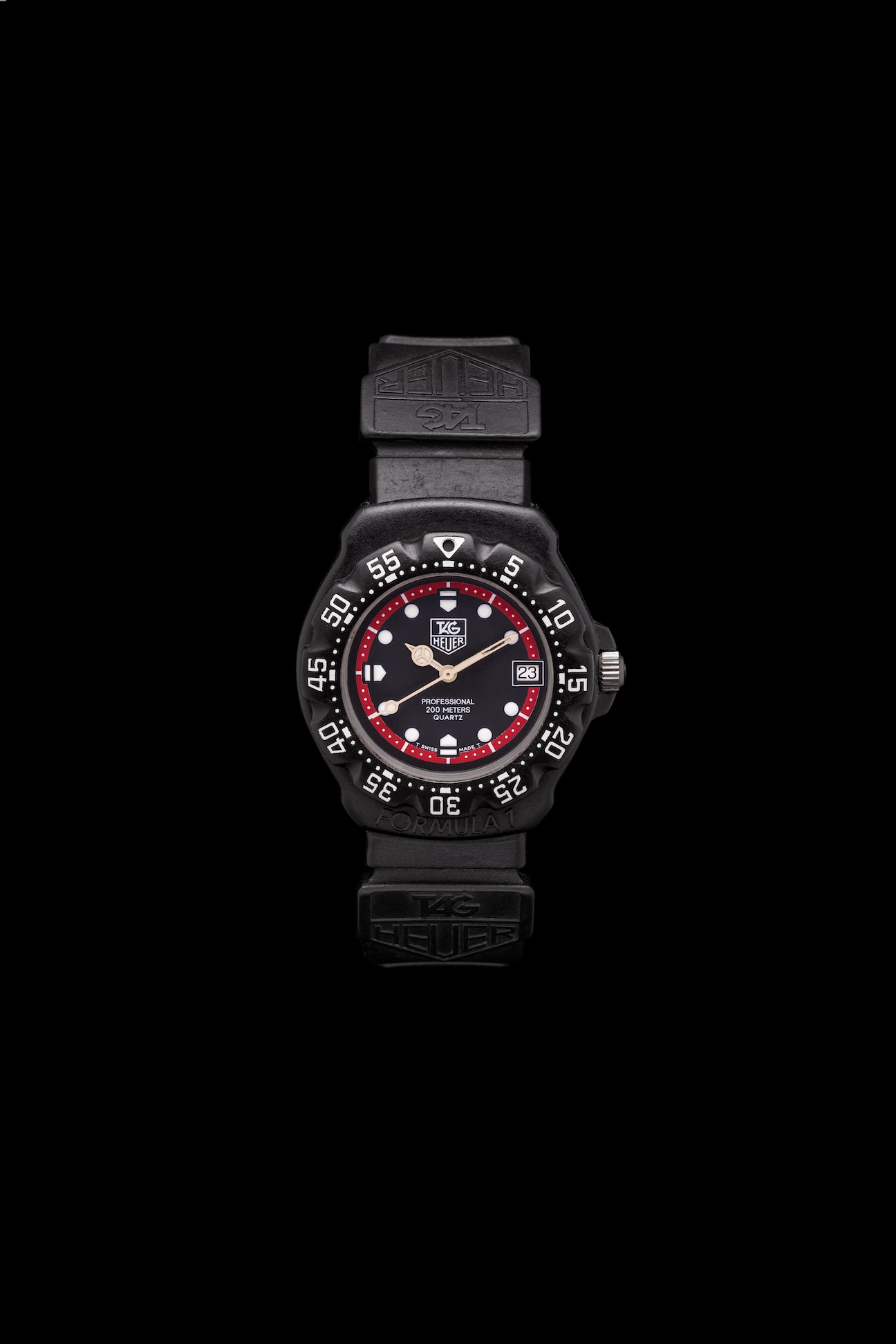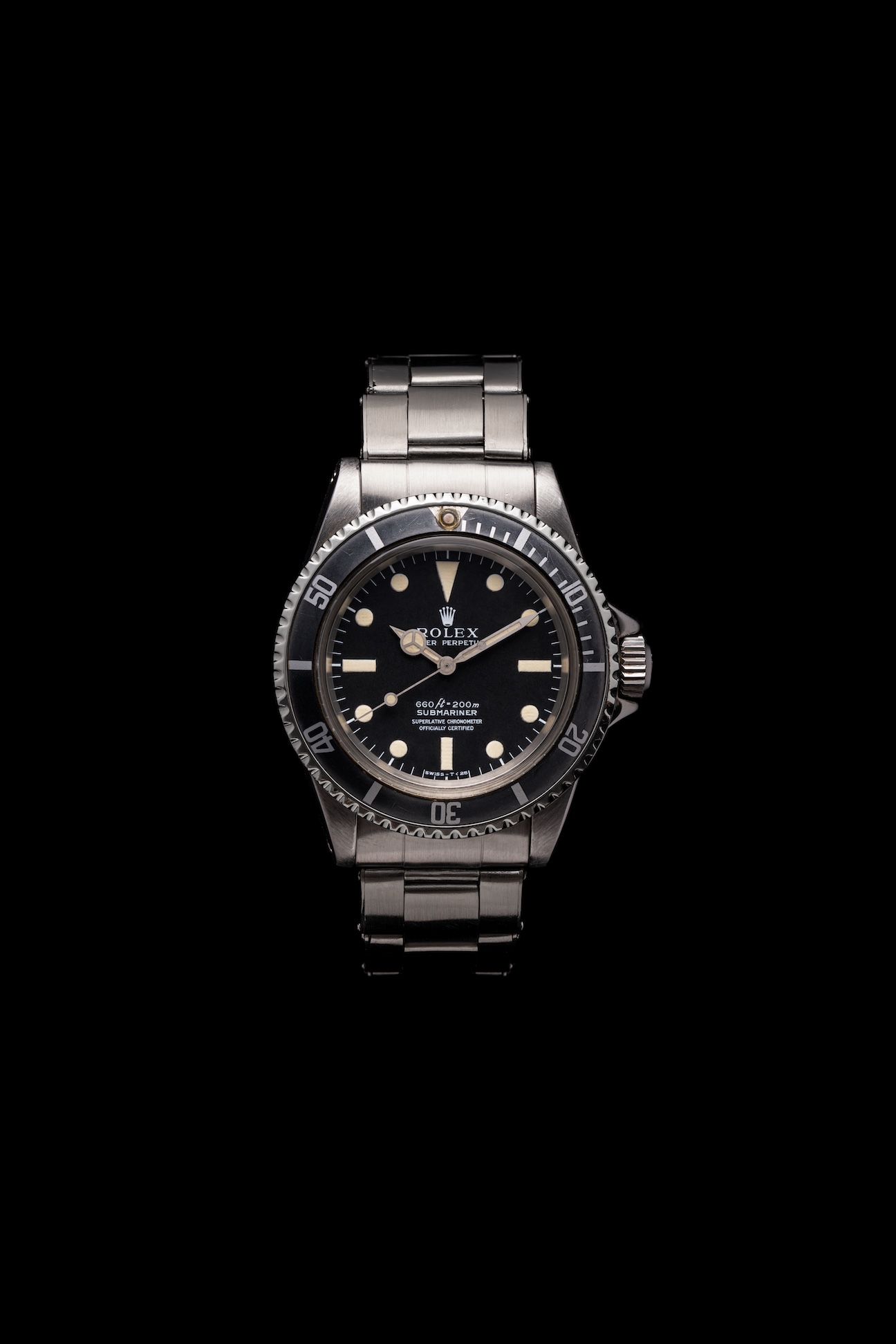
When Rolex launched the Submariner ref. 6204 in 1954, they not only made the first watch that was water-resistant to 100m, but the brand revolutionized watch design in a way that no brand has ever done before or since. There was the time before the Submariner, and everything after that was just an imitation.
In the ocean, there’s a proven evolutionary science behind “the perfect form.” Carcinization describes the fact that, in at least five different instances in history, unrelated groups of crustaceans have evolved into similar crab-like forms. Essentially, if the best “design” for a particular use exists, everything will converge to be like it. For watches that spend any time near the water, that design is the Submariner.
Beyond its technical achievement, the form of the Submariner was designed to be the best, most usable tool for a diver. It was so close to perfection, you can see the strength of the icon not only in the design permeating through to the brand’s modern releases (which look remarkably like that first watch) but also in nearly every other dive watch being made today. Close one eye, squint, and that dive watch on your wrist kind of looks like a Submariner. There’s very little you can do to improve on perfect.
As author Ian Fleming wrote his legendary spy James Bond into existence, he noted that 007 wore a “heavy Rolex Oyster Perpetual.” But when it came time to film “Dr. No,” the crew simply borrowed the watch off the wrist of film producer Albert “Cubby” Broccoli and placed it on the wrist of Sean Connery. That watch, a Rolex “Big Crown” ref. 6538, became known as the “James Bond Submariner,” further solidifying the model’s legendary status.
